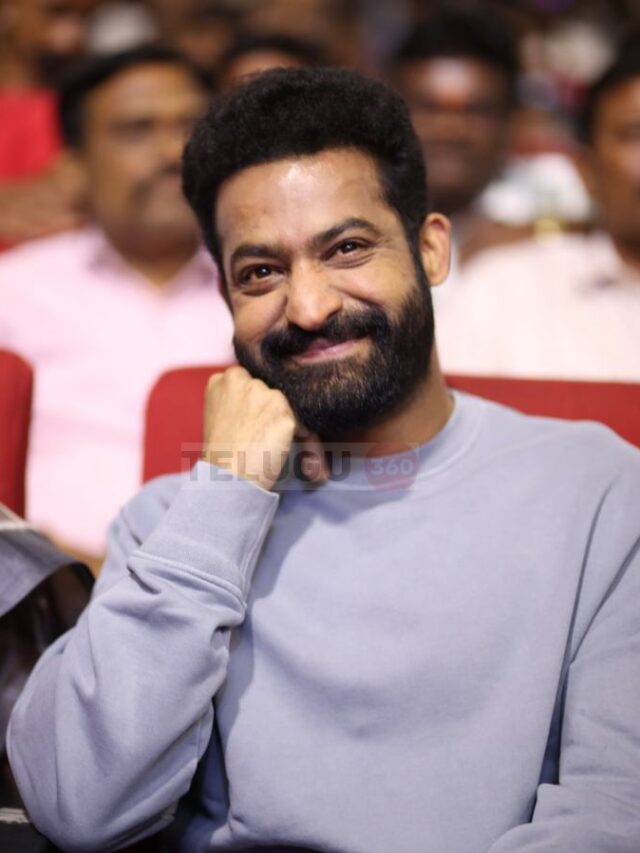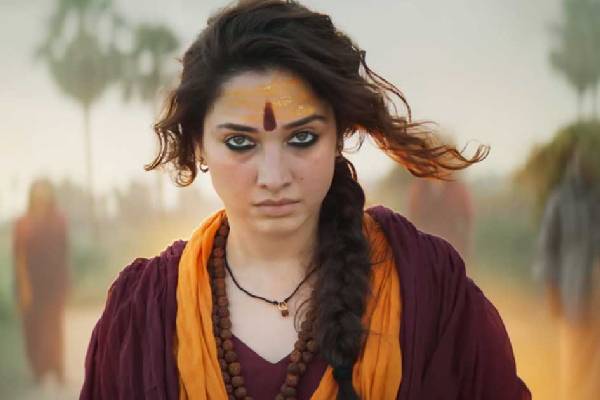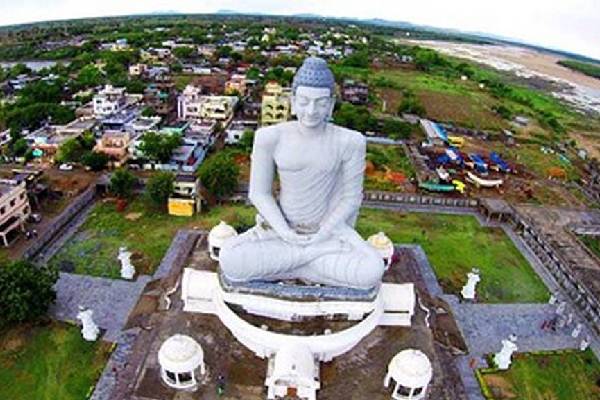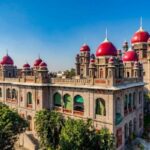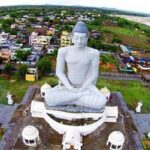Chief Minister Kalvakuntla Chandrashekar Rao, popularly known as KCR, is on a mission to make the history of Telangana synonymous with his name.
The historic kingdom of Golconda is known after Nizam, the dynasty that ruled the Deccan region. Now, KCR, the second-term Chief Minister of the youngest state in the country, wants his name immortalised in the annals of Telangana as its very essence.
The news, then, that the face of ‘the father of Telangana’ was engraved on the pillars of the mega temple complex coming up at Yadadri in Yadadri-Bhuvanagiri district is not much of a shocker to observers.
The spellbinding temple complex is being constructed under the aegis of the Telangana government with taxpayers’ money. The venture is seen as part of KCR’s attempts at canonising his name in the consciousness of every Telanganite for all times to come.
Since Telangana with Hyderabad as capital was carved out of the united Andhra Pradesh in 2014, KCR has not been coy about his desire to inseparably intertwine the birth of a ‘golden Telangana’ with his name.
The articulate leader who had played the leading role in the agitation for the separate state has since come up with several initiatives that firmly carried his stamp.
His move to shift the historic secretariat buildings on the banks of Hussain Sagar was part of this strategy to erase the past and write a new beginning in which KCR dominates the story of Telangana.
The Chief Minister in his first term had planned to build the new secretariat at Bison Polo Grounds in Secunderabad. He had earlier shortlisted Chest Hospital, a 100-year old heritage building, for constructing the secretariat. However, the stiff opposition to both compelled KCR to search for alternatives.
Having failed to secure the land, KCR decided to pull down the existing structures and erect a brand-new secretariat at the same place, allocating Rs 400 crore for his project. KCR performed the Bhoomi puja for the new secretariat complex on June 27. The idea was to come up with a spanking complex that reminds only of KCR and his government.
KCR also wanted an assembly building that bears his stamp. The present assembly forms part of the iconic heritage structure built by the sixth Nizam of Hyderabad. Unimpressed by the imposing building, a landmark in Hyderabad, he now wants to build a brand new assembly at Errum Manzil in Khairatabad by demolishing a heritage building of the Nizam era.
Though KCR has already launched works on the new assembly to be built at a cost of Rs 100 crore, the High Court of Telangana stayed the move following the Public Interest Litigation filed by various parties. The court is presently hearing the case.
The Opposition Congress and BJP, besides several civil society organisations, have been critical of the move and characterised it as squandering public money for a personal whim. But KCR is unperturbed.
Most of the irrigation projects such as the ambitious Kaleshwaram project, though conceived during the united Andhra Pradesh days, have been recast and rebranded to put KCR’s image at the very centre of all development paradigm in the new state.
A strong practitioner of Hindu religious rituals and a frequent visitor of temples, KCR also came up with the idea of building a magnificent temple on the soil of Telangana. After bifurcation, Tirumala-Tirupati Temple, the most visited Hindu pilgrim centre in the country, is now located in residual Andhra Pradesh.
In a bid to recreate Telangana’s own Tirumala, KCR wanted to transform Yadagririgutta, the abode of Lakshmi Narasimha Swamy Temple, located on a hillock some 60 km from Hyderabad, into a spiritual attraction of national importance. But he was also making a political statement.
First, KCR changed the nomenclature Yadagirigutta, as the temple is known in the Telangana parlance, to a Sanskritised ‘Yadadri’. He drew ambitious plans for the former austere temple, having appointed hand-picked traditional architects. Under his watchful eye, the spectacular temple is coming up in the same manner as temples of yore took shape under the auspices of kings and emperors.
An amount of nearly Rs 700 crore has already been spent on the temple, which is expected to be completed by the end of the year. A 1,000-acre city will come up around the hilly temple. “The temple will be a sight to behold and will remain that way for generations to come”, KCR reportedly said during one of his visits.
It is in this backdrop that KCR’s face and his party symbol Ambassador Car are engraved on the pillars of the temple. There are also numerous other carvings of the Telangana government such as the state’s official logo. But KCR and his party’s symbol being sanctified by being engraved on the temple pillars attracted the ire of the opposition.
The engravings were erased following the uproar. But as KCR is all set to perform the mother of all rituals, the Maha Sudarsana Yagam, at the temple in February 2020 involving thousands of Ritviks and Vedic priests, Yadadri’s glory will always have the imprint of the CM’s name.
BJP, which has ambitions in Telangana after winning four MP seats in recent elections, has not made much headway precisely because KCR proved time and again that he was a more ardent Hindu than the saffron party leaders could claim to be.
Even as the BJP is making vain efforts at questioning KCR’s Hindu credentials, the politically-savvy Chief Minister, who continues to be the undisputed leader in his second term, has his eyes firmly set on making Telangana a byword for the three letters – KCR.
Ramesh Kandula is a Hyderabad-based journalist.















